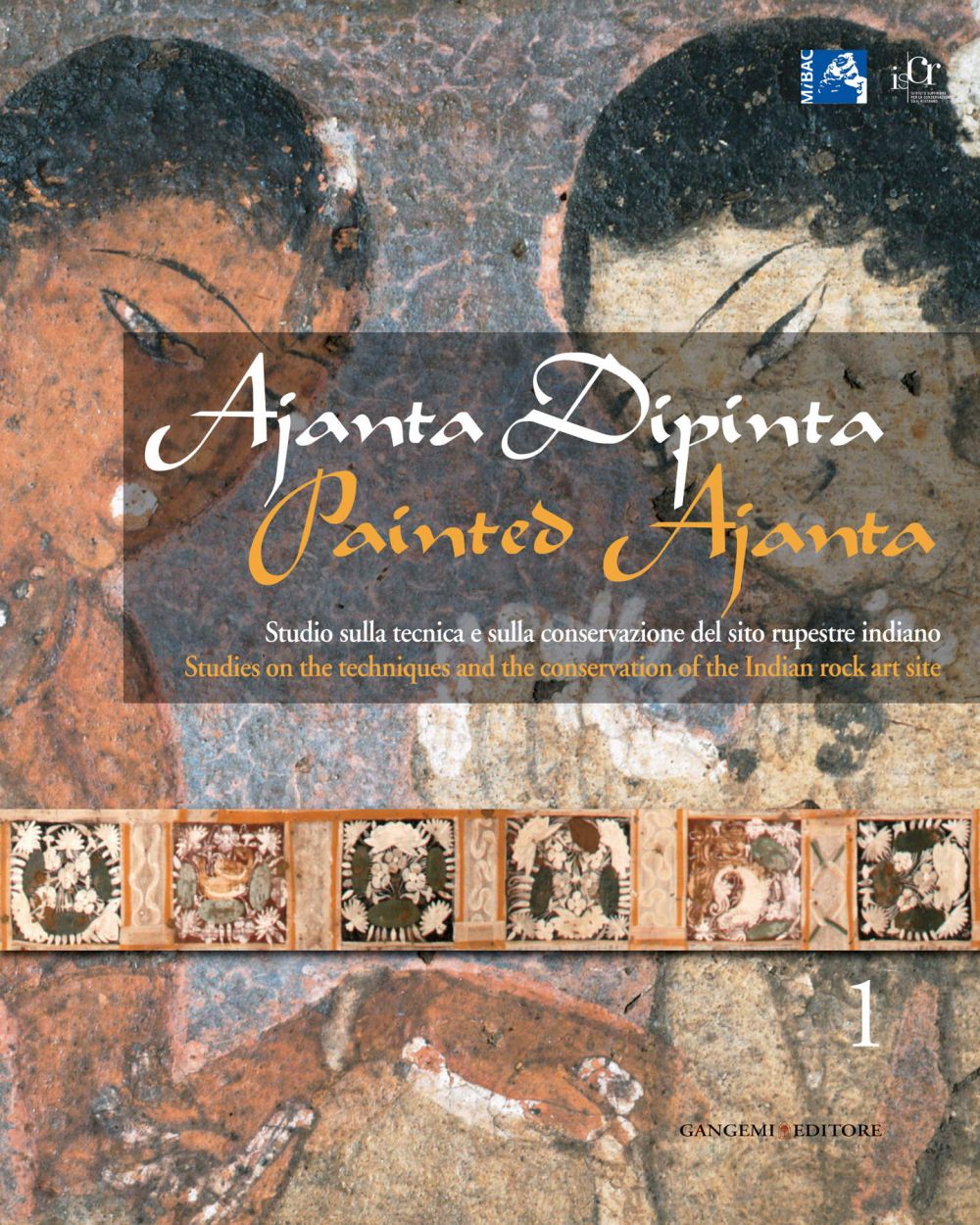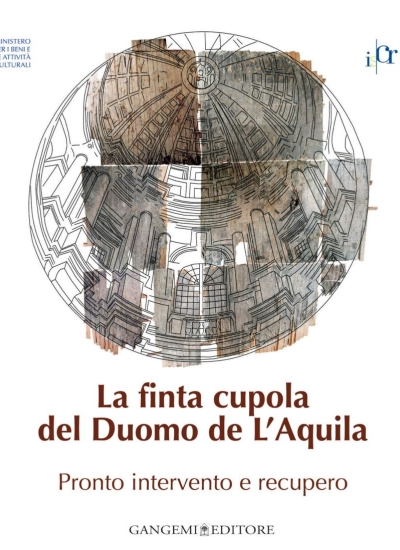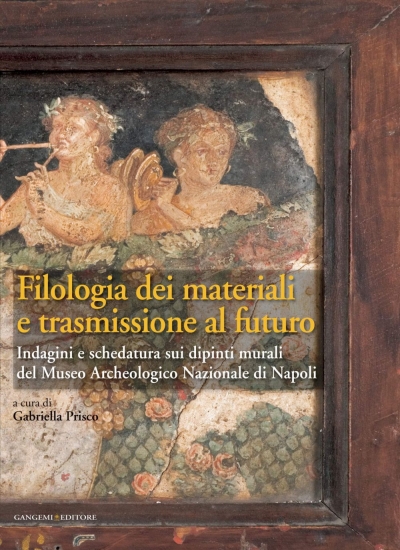Description
Il sito archeologico di Ajanta, nello stato indiano del Maharashtra, è composto da cinque templi e ventiquattro monasteri buddhisti, scavati nella parete rocciosa della valle del fiume Waghora a partire dal .C. Dopo essere stati per secoli un centro di vitale spiritualità, i santuari vennero poi abbandonati intorno al 650 d.C. e gradualmente dimenticati fino a quando, nel 1819, furono riscoperti fortuitamente durante una spedizione inglese di caccia alla tigre. Inserito nella Lista del Patrimonio Mondiale dell'UNESCO, il complesso di Ajanta è considerato, con il suo tesoro di pittura e scultura, un eccezionale repertorio delle origini e dell'evoluzione dell'arte classica indiana. La tradizione italiana in materia di restauro e conservazione ha reso l'Istituto Superiore per la Conservazione ed il Restauro di Roma l'interlocutore ideale per un progetto di cooperazione internazionale finalizzato allo studio della tutela e della conservazione delle pitture della grotta 17, valutando le evidenze scientifiche, esaminando i dati storici e gli elementi culturali. L'interdisciplinarità a cui si ispira il metodo di ricerca dell'ISCR ha garantito il dialogo tra le diverse competenze. In questi due volumi i risultati delle indagini sono stati raccolti e documentati da un ricco apparato di immagini, per presentare finalmente un quadro completo e aggiornato sulle condizioni ambientali, sui materiali costitutivi e sullo stato di conservazione delle pitture murali e per indicare nuove direzioni per il futuro del restauro ad Ajanta. The archaeological site of Ajanta in the Indian state of Maharashtra is made up of five temples and twenty-four Buddhist monasteries, hewn in the rock wall of the Waghora river valley. Their construction dates back to about 200 BC and the shrines were a focus of spirituality for centuries. Then, around 650 AD they were abandoned and gradually forgotten, until they were rediscovered by a British tiger-hunting expedition in 1819. Today, the Ajanta complex is a UNESCO world heritage site and, with its treasure of paintings and sculptures, is considered an exceptional repertory of the origins and evolution of classical Indian art. In choosing the ideal interlocutor for a project of international cooperation, the Italian tradition of restoring works of art made the Rome-based Higher Institute for Conservation and Restoration (ISCR) the ideal choice. The aim of the project is to study and safeguard the paintings in cave number 17, assessing the scientific evidence by examining the historical data and the cultural elements. The interdisciplinary approach which forms the basis of the ISCR's method of research ensures a useful dialogue between the various professional skills involved. The results of the surveys have been gathered together in these two volumes accompanied by a handsome collection of photographs, to present a complete and updated picture of environmental conditions, costitutive materials and state of conservation of the wall paintings, and to show the way ahead for the future restoration of the artworks at Ajanta.





